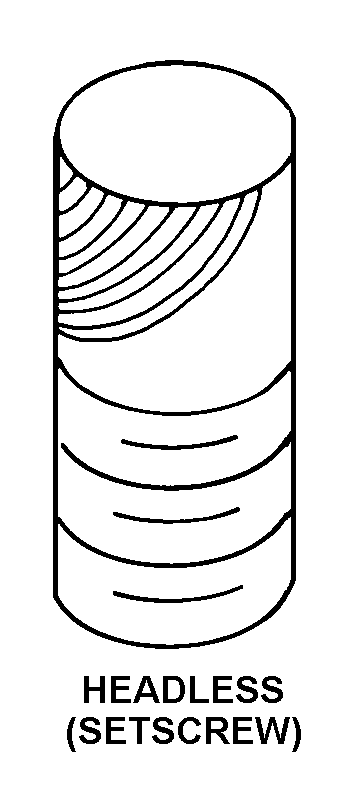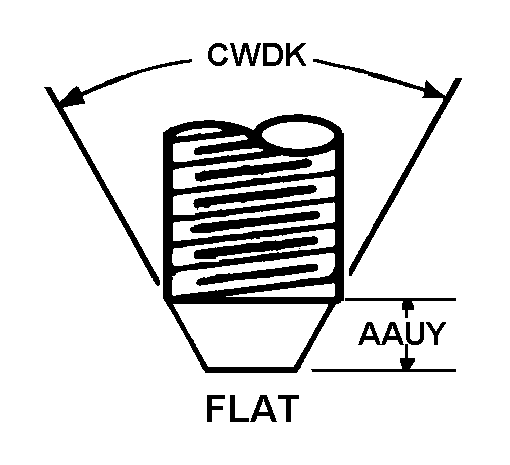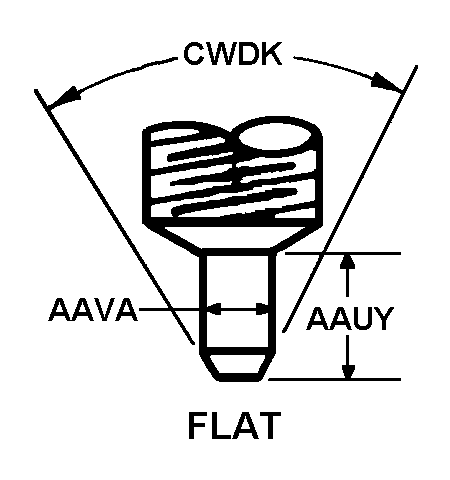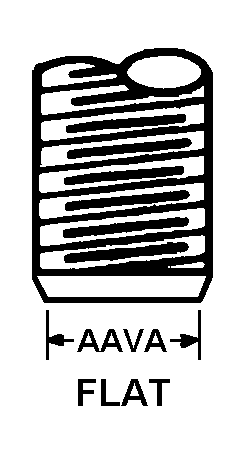5305016409268
Price Quote Get an up to date pricing and availability quote for this product. Order online or over the phone.
Quality Commitment
Serving our customers with quality and safety first.
- AS9120 Certified
- Audited supply chain
- ITAR Registered
- DDTC Registered
- HAZMAT Certified
- Customer service objectives
- Every product 100% inspected

5305-01-640-9268 Specification Set by the OEM (see RNCC code 3)
3a
RIGHT-Hand
2.100in. ⁓2-7/64"
2.120in. and 2.180in. ⁓2-3/16"
headless (setscrew)
0.270in. and 0.300in.
flat
hexagon
F-35
0.500in. ⁓1/2"
0.250in. ⁓1/4"
20
33.0 rockwell c and 38.0 rockwell c fastener
stud, armor mounting
locking element iaw MIL-DTL-18240
steel comp 4130 or steel comp 4135 or steel comp 4137 or steel comp 4140 or steel comp 4142 or steel comp 4145 or steel comp 4340 or steel comp 8630 or steel comp 8635 or steel comp 8637 or steel comp 8640 or steel comp 8642 or steel comp 8645 fastener
astm A322 assn std single material response fastener
zinc fastener
astm B633, ty ii, sc 2, 0.3 mils thick assn std single treatment response fastener
refer to drawing for additional requirements
unf
Cross Reference Parts Part numbers that meet the specification outlined on this page and set by the OEM
Identification Item Identification Guide (IIG) and Item Name Code (INC)






Definition Definition of approved item name (AIN): "SETSCREW"
An externally threaded device whose threaded portion is of one nominal diameter with or without a head and having a cup, cone, or other type of machined point designed to prevent or restrict relative movement of parts and designed to be driven with either a wrench or inserted driver. A locking feature may be incorporated in the design of the head or threads.
5305-01-640-9268 Material Hazmat, Precious Metals, Criticality, Enviroment, and ESD
Indicates there is no data in the hmirs and the nsn is in a fsc not generally suspected of containing hazardous materials.
Item does not contain precious metal.
No known electrostatic discharge (esd) or electromagnetic interference (emi) sensitivity.
Represents items with no adp components
The item does not have a nuclear hardened feature or any other critical feature such as tolerance, fit restriction or application.
Identification Codes
HMIC: Hazardous Material Indicator Code. A one position code that identifies a hazardous item.
PMIC: Precious Metal Indicator Code. A one position code which identifies items that have precious metals as part of their content. precious metals are those metals generally considered to be uncommon, highly valuable, and relatively superior in certain properties such as resistance to corrosion and electrical conductivity.
ESD: Electrostatic Discharge. Indicates if an item is susceptible to electrostatic discharge or electromagnetic interference damage. electrostatic discharge damage occurs when an accumulation of static electricity generated by the relative motion or separation of materials is released to another item by direct contact. electromagnetic interference damage occurs when an item comes into proximity with an electrostatic or magnetic field.
ENAC: Enviromental Attribute Code. Identifies items with environmentally preferred characteristics.
CRITL: Criticality Indicator Code. Indicates an item is technically critical by tolerance, fit, application, nuclear hardness properties, or other characteristics.






